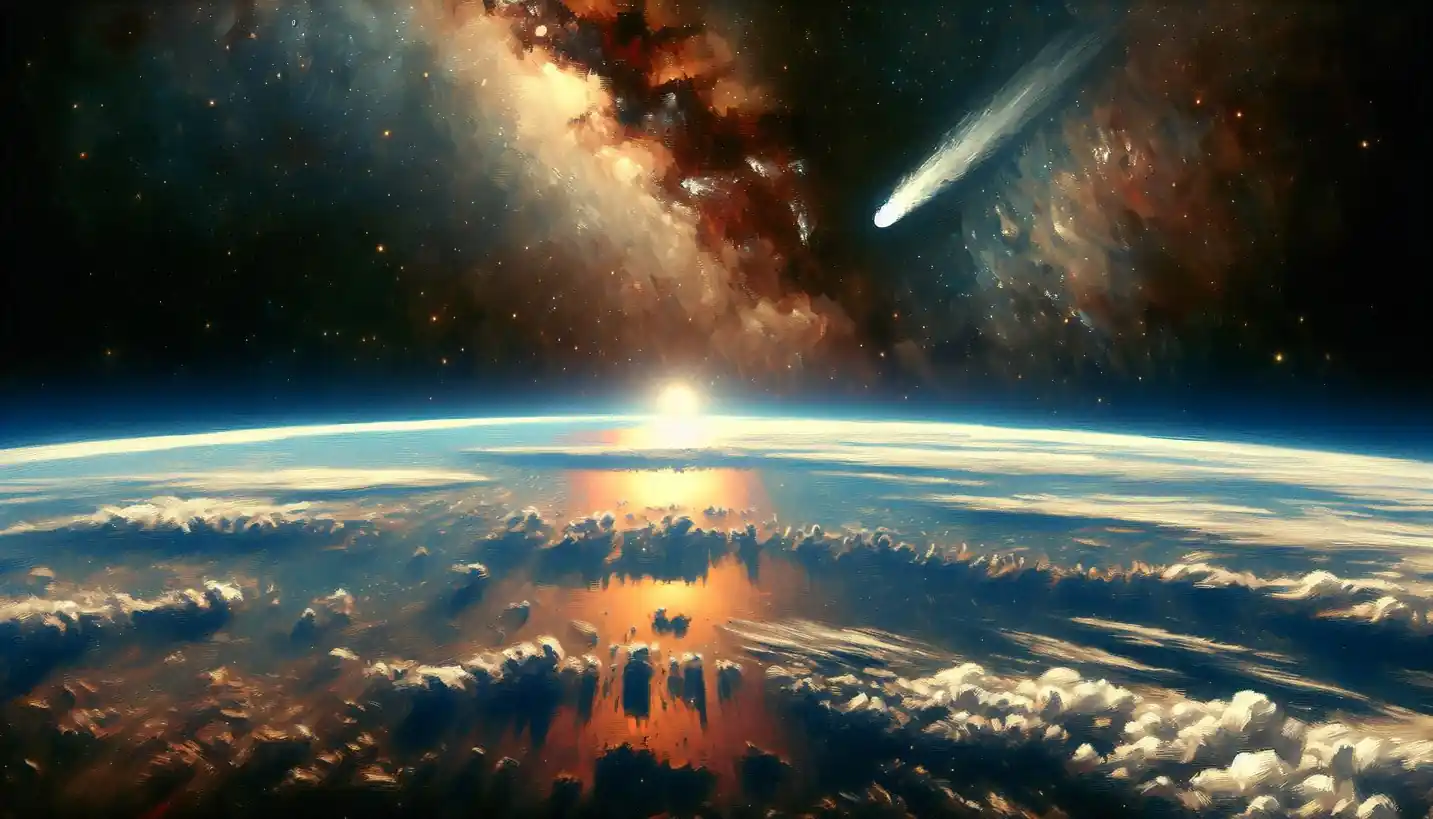· Astronomy · 4 min read
X-ray Burster: Unveiling the Cosmic Fireworks in the Universe
X-ray Bursters are the universe's fireworks, highlighting dramatic and energetic cosmic phenomena waiting to be understood.

Gazing into the cosmos, there’s an entire symphony of events constantly playing out. In the realm of X-ray astronomy, one of the most captivating phenomena is the X-ray burster. Imagine cosmic fireworks, but instead of vibrant colors, these fireworks emit powerful X-rays, revealing some of the universe’s most dynamic and energetic processes. But what exactly is an X-ray burster, and why is it such a breathtaking spectacle for scientists?
The Spark of Curiosity: What is an X-ray Burster?
X-ray bursters are like the shooting stars of the universe, but far more intense and enigmatic. These are phenomena typically found in binary star systems, where two stars are gravitationally bound and dance around a common center of mass. In these pairs, one of the stars is a neutron star – an ultra-dense remnant of a massive star that has ended its life in a supernova. The companion star, often a regular or a red giant star, doesn’t always live in peace with its neutron star neighbor.
The Dramatic Dance of Two Stars
As these two stars twirl around each other, the neutron star has a gravitational pull so strong that it can siphon off material from its companion. Imagine pouring sugar from one cup to another in a stream; only here, it’s not sugar but hydrogen-rich matter being pulled towards the neutron star. This material forms an accretion disk, spinning rapidly as it spirals down, drawn towards the neutron star by its tremendous gravitational force.
As more and more material accumulates on the surface of the neutron star, conditions become utterly extreme. Pressures and temperatures soar, resembling conditions in the core of stars where nuclear fusion takes place. Eventually, the hydrogen fuses into helium in a sudden flash of nuclear burning. This process releases an enormous amount of energy in a short time, causing a dramatic increase in the emitted X-rays, thus creating an X-ray burst.
Why X-rays?
You might wonder why these bursts are in the form of X-rays. X-ray bursters emit X-rays due to the incredibly high temperatures reached on the surface of the neutron star during these bursts. X-rays, part of the electromagnetic spectrum, are highly energetic and can thus pierce through dense cosmic materials, helping astronomers decode intriguing details about their sources.
A Tale of Two Types
X-ray bursters aren’t all the same; they have personality types, just like people! There are mainly two types: Type I and Type II X-ray bursters.
Type I X-ray Bursters
Type I X-ray bursters are the most common. These occur due to thermonuclear flashes, like the one described earlier, on the surface of the neutron star. These flashes happen when the neutron star’s surface layer reaches a pressure high enough to trigger runaway nuclear fusion of accreted helium, providing shining insight into the recycling and transformative nature of the universe.
Type II X-ray Bursters
Type II bursts, on the other hand, are believed to result from instabilities in the accretion disk around the neutron star. These are a bit more sporadic and can last longer than Type I bursts, often linked to changes in the flow of accreted matter.
Peering into the Heart of Exotic Matter
X-ray bursters allow scientists to explore the extremes of matter. Conditions on a neutron star are so extreme that they serve as natural laboratories for studying the behavior of matter at densities and pressures unobtainable on Earth. They help refine models on how atoms behave when crushed together tightly, shedding light on what occurs inside the densest objects in the universe.
Why it Matters: Unraveling Cosmic Mysteries
Understanding X-ray bursters extends beyond mere curiosity. It provides invaluable insights into the life cycles of stars, the formation of elements under extreme conditions, and clues about the fundamental forces that govern our universe. These cosmic bursts are labs of nature, allowing us to analyze the remnants of stellar evolution and the physics of accretion and thermonuclear explosions.
Future Pathways: What Lies Ahead?
The study of X-ray bursters is continually evolving. With advancements in technology, astronomers can now observe these phenomena in more detail than ever before. Space telescopes and increasingly sophisticated instruments offer glimpses at different wavelengths, unraveling layers of mysteries.
Scientists are especially interested in uncovering more about Type II bursts and understanding the mechanisms driving the variances in accretion flows. There’s also an interest in studying the composition of the neutron star’s outer layers to better understand the processes ongoing within.
An Open Sky
X-ray astronomy and the study of X-ray bursters are perfect reminders of the universe’s complexity and wonder. As we continue to explore, each X-ray burst illuminates more than just the fabric of spacetime; it lights up possibilities, questions, and the unyielding human drive to understand the cosmos in all its captivating glory.
In the pursuit of these cosmic mysteries, we remain deeply interconnected with the stars, forever learning, forever gazing upward toward the vast, infinite sky.


